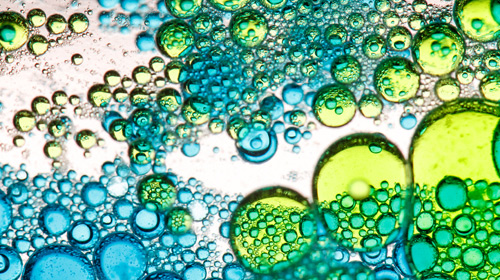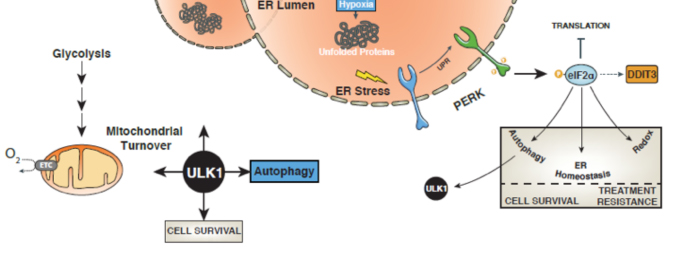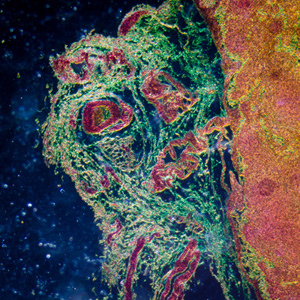- Details
-
Created: Tuesday, 21 July 2015 19:13

Two very recent papers, published in Cell and Regenerative Medicine, have described research into the advantages of reducing the oxygen exposure stem cells experience during isolation and cultivation, and the cellular mechanisms involved in translating hypoxia into increased stem cell survival and enhanced transplantation efficacy. The data presented by Mantel et al. on hematopoietic stem cells, and by Kay et al. on mesenchymal stem cells, caused quite a stir at the recent ISSCR meeting in Stockholm, as attendees discussed the implications for their own work.
Alisdair Kay and co-workers at Keele University evaluated the impact of various oxygen, glucose and serum levels on culturing human bone marrow-derived MSC’s. They found that the application of more physiological conditions, e.g. 2% oxygen instead of 21% O2 ambient, resulted in significantly increased cell yields; the highest yields were achieved in the stringently controlled hypoxic environment of a workstation. The authors attribute this to deoxygenation/reoxygenation cycles and very brief air exposure for cells cultured in an incubator, as compared to the controlled atmosphere in the workstation. Transcriptome analysis of hMSC’s cultured at 2% (incubator vs workstation) and 21% oxygen revealed scores of genes that were up or downregulated with very little overlap among the subsets. Kay et al. have identified downregulation of bone morphogenetic protein BMP2 expression, modulation of chemokine (C-X-C motif) receptor CXCR2 signaling, and LEPR upregulation as causative factors for enhanced hMSC isolation at hypoxia.
Read more: Optimizing Oxygen Conditions Enhances Stem Cell Recovery and Culture
- Details
-
Created: Thursday, 04 June 2015 18:18
 Later this month, the international stem cell research community will be traveling to Stockholm for the upcoming ISSCR meeting covering diverse topics from reprogramming and pluripotency of stem cells through tissue engineering and organ regeneration to therapy with stem cells. Hypoxia is a crucial parameter determining the fate and development of stem cells, which leads Don Whitley Scientific to exhibit the HypOxystation controlled environment workstation for low oxygen cell culture. We would be delighted to see you at the Don Whitley booth B15:33.
Later this month, the international stem cell research community will be traveling to Stockholm for the upcoming ISSCR meeting covering diverse topics from reprogramming and pluripotency of stem cells through tissue engineering and organ regeneration to therapy with stem cells. Hypoxia is a crucial parameter determining the fate and development of stem cells, which leads Don Whitley Scientific to exhibit the HypOxystation controlled environment workstation for low oxygen cell culture. We would be delighted to see you at the Don Whitley booth B15:33.
Dr. Burga Kalz Fuller, Product Manager at our American distributor, HypOxygen, has summarized five recent papers delineating the role of hypoxia in stem cell research:
1. “Hypoxia promotes stem cell-like phenotype in multiple myeloma cells”, Muz et al., Blood Cancer Journal, 2014
Diverse effects of hypoxia on multiple myeloma MM, where a stem cell-like population causes relapse, are examined. Adaptation to hypoxic conditions causes de-differentiation, decreased proliferation, increased tumor initiation ability, and complete drug resistance in the MM stem cells. These results suggest a strategy of targeting the hypoxic stem cell-like population in order to prevent relapse in MM patients.
Read more: Hypoxia and Stem Cells



 Later this month, the international stem cell research community will be traveling to Stockholm for the upcoming ISSCR meeting covering diverse topics from reprogramming and pluripotency of stem cells through tissue engineering and organ regeneration to therapy with stem cells. Hypoxia is a crucial parameter determining the fate and development of stem cells, which leads Don Whitley Scientific to exhibit the HypOxystation controlled environment workstation for low oxygen cell culture. We would be delighted to see you at the Don Whitley booth B15:33.
Later this month, the international stem cell research community will be traveling to Stockholm for the upcoming ISSCR meeting covering diverse topics from reprogramming and pluripotency of stem cells through tissue engineering and organ regeneration to therapy with stem cells. Hypoxia is a crucial parameter determining the fate and development of stem cells, which leads Don Whitley Scientific to exhibit the HypOxystation controlled environment workstation for low oxygen cell culture. We would be delighted to see you at the Don Whitley booth B15:33.